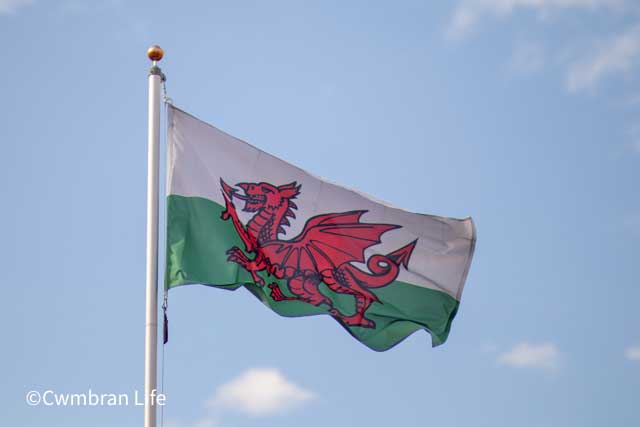Story by Twm Owen, local democracy reporter
A SENIOR Gwent councillor has defended the number of local authorities in Wales – having helped reshape local government in the 1990s.
Paul Griffiths, who is the deputy leader of Monmouthshire County Council, said he has long resisted “over large” local authorities.
The Welsh Government has twice proposed streamlining the number of councils from 22, to just 10, the last time in 2018 when Blaenau Gwent Senedd Member Alun Davies was the local government secretary.
That would have seen Monmouthshire and the four other Gwent councils, Blaenau Gwent, Caerphilly, Torfaen and Newport merged into one.
But those plans never came to fruition and the government has instead concentrated on closer working between local councils.
Cllr Griffiths worked as a part time special adviser to then Welsh local government minister Rebecca Evans during the pandemic in 2020 and 2021 and was first elected to Monmouthshire County Council at the 2022 local elections, becoming deputy leader as Labour took control of the council.
Appearing before a scrutiny committee, looking at how Monmouthshire had responded to the Covid pandemic, Cllr Griffiths said work should take place on a wider regional level, usually on a Gwent basis in Monmouthshire, when necessary.
Conservative member for Chepstow Mount Pleasant Paul Pavia had questioned the split in response between councils acting independently and working together across Gwent, matching the borders of the Aneurin Bevan University Health Board.
Cllr Griffiths said he noted that while Monmouthshire and Torfaen had originally established a joint track and trace service, to try and control Covid infections, it had “re-localised” the service – taking full responsibility for it – as the pandemic progressed.
As well as having advised the local government minister before the 2021 Senedd elections Cllr Griffiths worked alongside Mark Drakeford as a special adviser to former first minister Rhodri Morgan from 2000 to 2007.
According to his Linkedin profile Cllr Griffiths “played a leading role in the reorganisation of Welsh local government” which established the existing 22 local authorities in 1996.
He told Cllr Pavia: “I’ve spent 30 years resisting calls for overly large local authorities and I will continue to do that.”
The committee also considered how the pandemic saw officers take decisions that would normally be made by the political cabinet, then controlled by the Conservatives.
David Jones, the council’s head of public protection, said all decision making was recorded and said: “We’re very confident if we’re ever asked to dig that out we can get hold of it.”
Committee member, Caerwent councillor Phil Murphy, who was the cabinet member for finance at the time said he had regular weekly meetings with the chief finance officer during the pandemic and “there wasn’t a day, including Saturdays and Sundays, without some form of contact”.
The Conservative said: “Did we feel cut out by the officers taking over? No.”
Cllr Griffiths, said from his experience sitting in on meetings between the Welsh Government and 22 local authorities leaders, including Peter Fox who lead Monmouthshire at the time, council leaders were able to “articulate the circumstances of their local areas” and he didn’t believe they had been “marginalised”.

